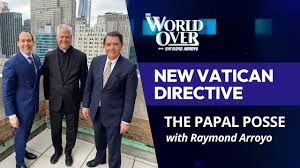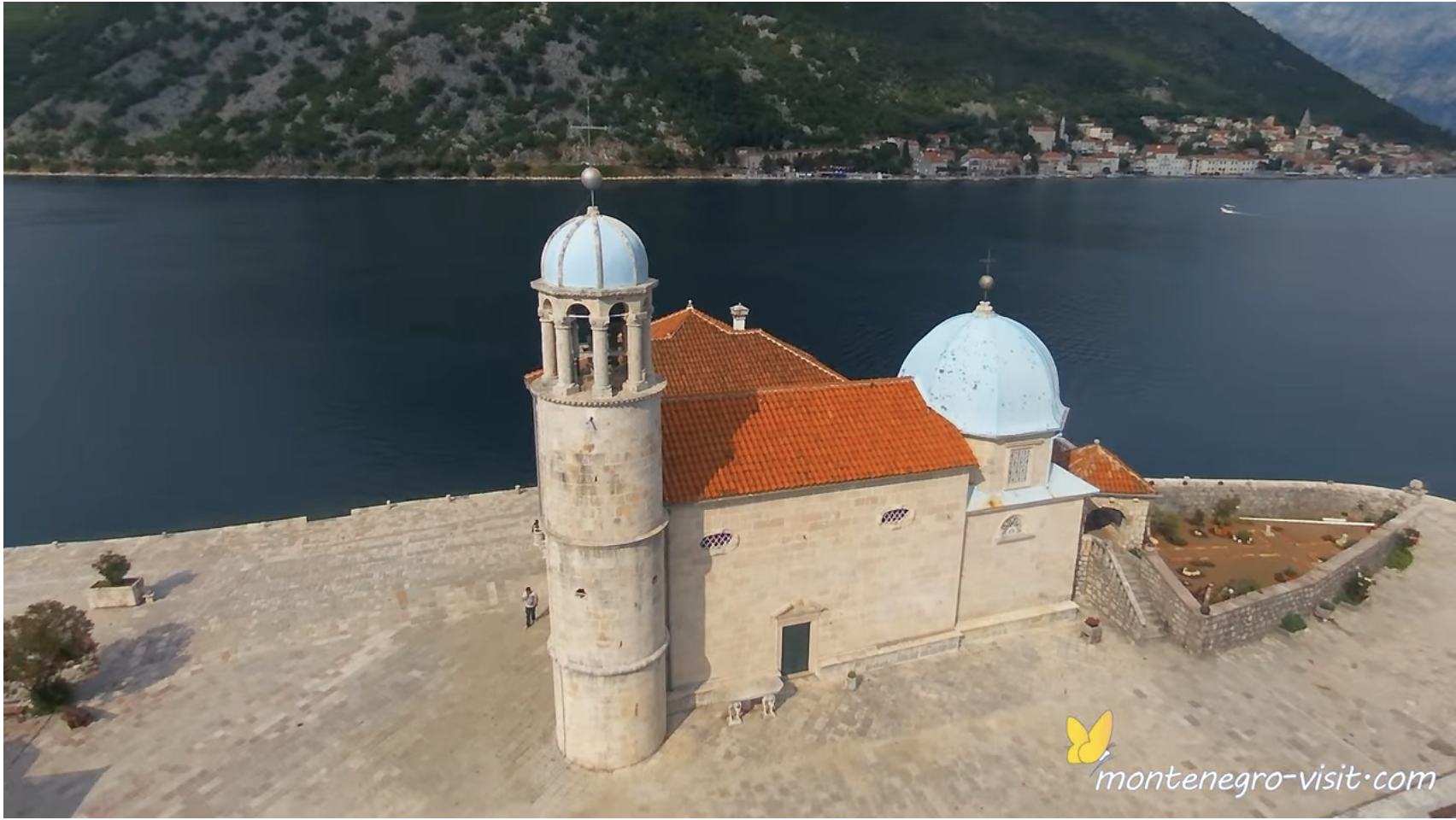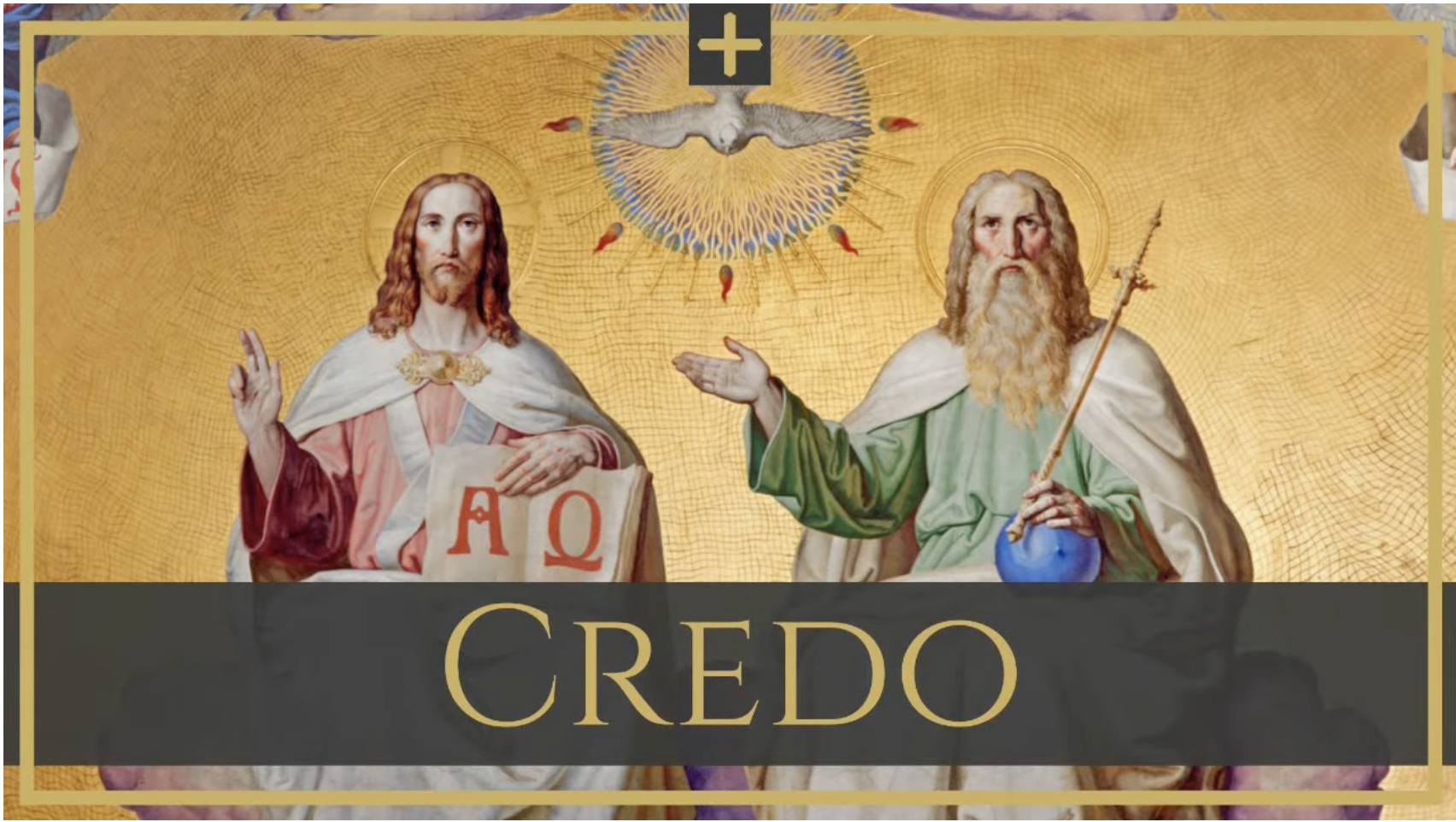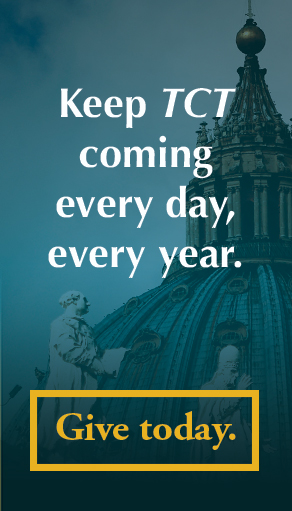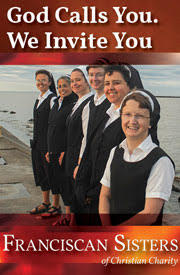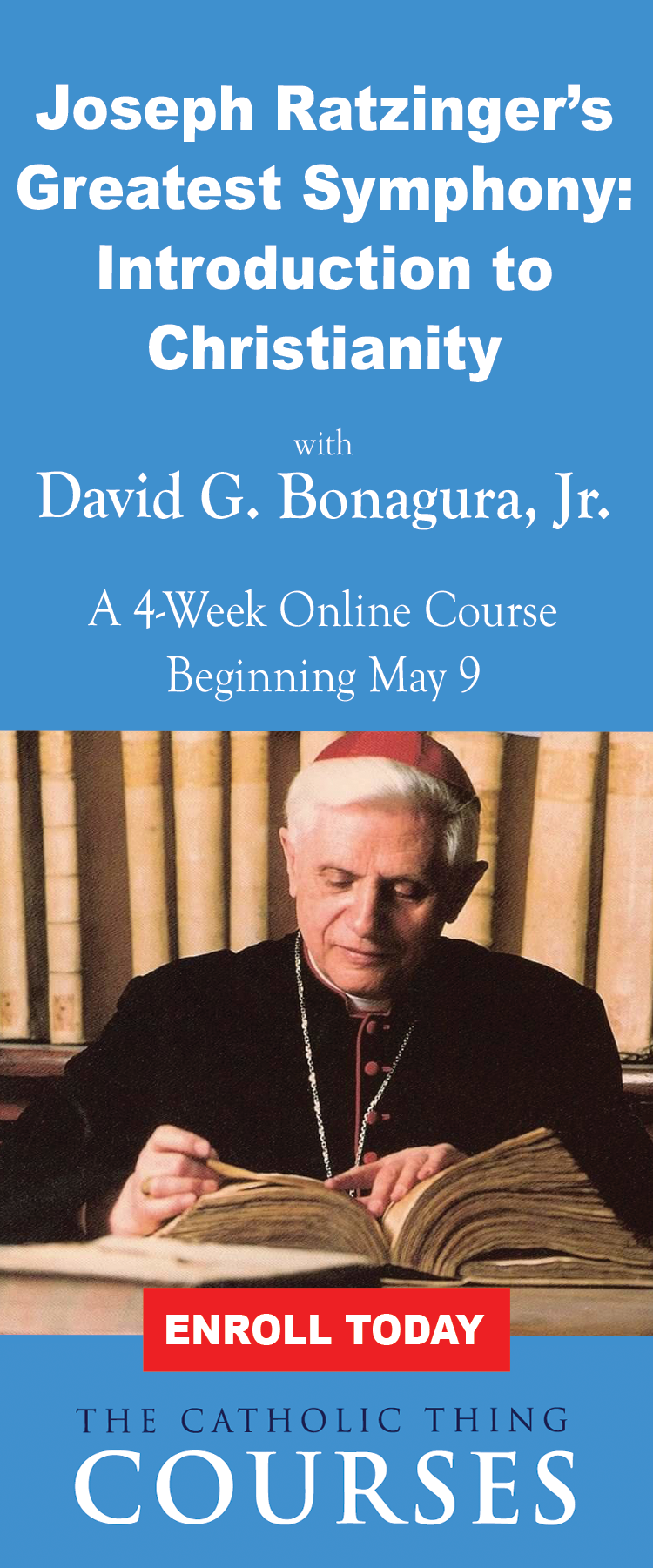Throughout Eastertide, the Church celebrates that Jesus Christ, true God and true man, rose from the dead and ascended into heaven in His human body. The joy of the Resurrection so renews the whole world that the Church needs all fifty days of Paschaltide – days of, not after Easter – to celebrate it.
Jesus was a true man with a real body. That’s why Good Friday’s Gospel made such a big deal about John (19:34-35) testifying that blood and water flowed from His Pierced Side: His Death was no game, no illusion.
And yes, a real man with a real human body came forth from the tomb. Jesus just didn’t “rise in the hearts and minds of His disciples.” He rose in His human body. It’s a changed, a transfigured body – the Apostles, the disciples on the road to Emmaus, Mary Magdalene, and other disciples all at first don’t recognize Him. But when Mary does, she wants to touch Him. . . and it’s Thomas’s touch that enables him to recognize Him.
And it is that human body that somehow ascended into Heaven now to sit at the Father’s right hand. If anybody has any doubts about the corporeal reality of Christ’s Resurrection, read the little book, The Son of God, in which Karl Adam makes it clear how nothing but a bodily resurrection would have made sense to the Apostles and the Jews of Jesus’s day.
So it’s not surprising that earlier this year, the Committee on Doctrine of the United States Conference of Catholic Bishops (USCCB) issued “On the Proper Disposition of Bodily Remains,” a document occasioned by the spread of destructive methods currently in vogue to deal with human bodies after death: alkaline hydrolysis and “recomposting.”
The former submerses a body in a chemical mix under heat and pressure to turn that body essentially into wastewater. The latter envelopes bodies in bacteria-laden biological materials with added heat and oxygenation to accelerate decomposition into compost. Both methods trade on environmental concerns by eliminating a human grave and “recycling” the deceased.
It’s become legal in several (mostly blue) states, and while some state bishops’ conferences belatedly opposed the practices, this is the first comprehensive statement of why Catholics should reject it.
The document opens with two extended reflections on Christ’s Resurrection and its relation to ours. It repeats the Catholic preference for burial, calling it a “pious custom” without – surprisingly – noting that it is the disciple’s imitation of his Master, who lay three days in the tomb. We are an Easter people who apparently forgot about Holy Saturday.

The bishops note that the Church today does not reject cremation “unless it was chosen for reasons contrary to Christian doctrine,” i.e., rejection of the Resurrection. (I’ll get back to this concession). They repeat restrictions in a 2016 Holy See document, Ad resurgendum cum Christo, that the ashes should be buried, not scattered or otherwise reified (e.g., made into jewelry to “keep your loved ones close to you”).
The American bishops seem to seize on the idea that cremation with burial of the ashes sufficiently maintains the corporeal integrity of the remains, which alkaline hydrolysis or recomposting do not. Hydrolysis produces heated wastewater. A British crematorium heats the town pool (see here). Recomposting, though the residue theoretically could be buried, nevertheless leads to human remains inextricably blended with biological decomposition accelerants (i.e., bacteria). The method’s intended goal is hawked as utilitarian: producing a “useful” product – compost – that can be recycled into the “circle of life” in your garden. The woke who gag on genetically modified tomatoes apparently have no problem swallowing Beefsteaks fertilized with Uncle Joe.
The bishops rightly note that these two new methods of remains disposal denigrate the human body by treating it as so much rancid meat, a carbon footprint needing to be put to some “positive use.” It inherently breaks down the distinction between human and non-human, not just on the species (animal) level, but even at a more fundamental level, turning human matter into ground. It is gnostic: the body is sub-personal. For the atheist, it’s the triumph of man as $3.98 worth of chemicals and fluid; throw a little holy water on it, and call it a “Christian” soul leaving its clay, whose bereaved are now showing their care for our common home in ecological crisis.
The document touches on the idea that both methods obliterate the idea of a “final resting place,” a place to visit one’s loved one. The great Russian writer Leo Tolstoy thought man needed at least six feet of ground.
I’m not convinced that the bishops’ distinction between cremation and these more radical methods is as strong as they think. French philosopher Damien Le Guay maintains that modern funeral customs are erasing a consciousness of death and the dead from socio-cultural memory. Widespread adoption of cremation, he says, represents a radical break with Christian ideas of incarnation and embodiment, whose consequences we have not thought through.
Cremation and these other methods treat bodies not as sacred, former temples of the Spirit, but as a waste problem about which humans can take affirmatively and deliberately destructive action. Ashes can but don’t have to be buried: they, too, make a tomb optional.
Jesus left behind an empty tomb. Uncle Joe doesn’t even get that.


